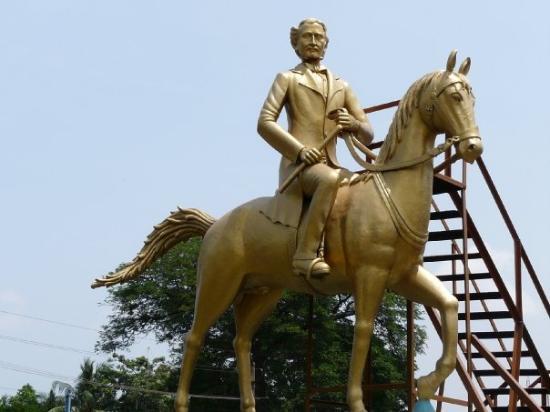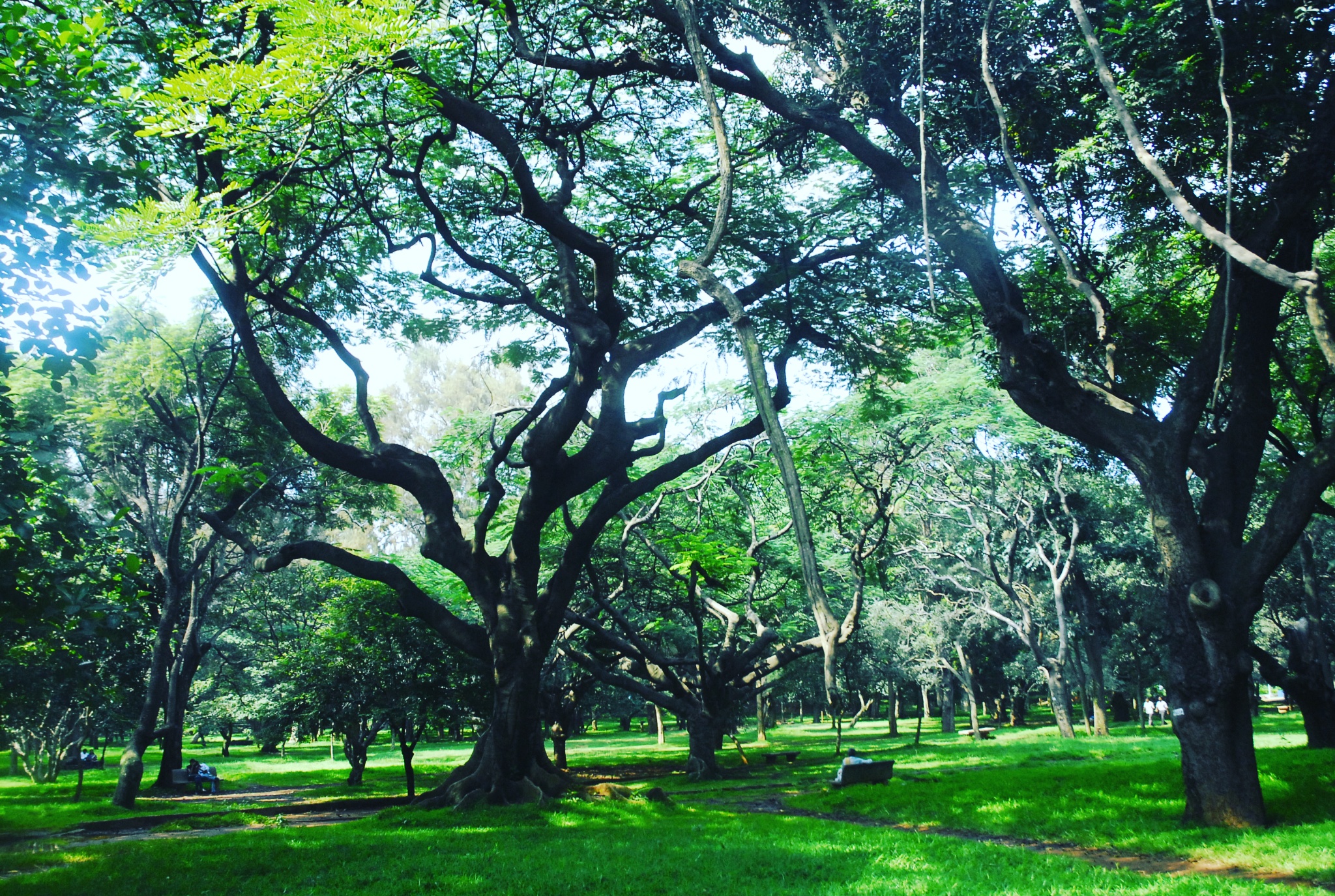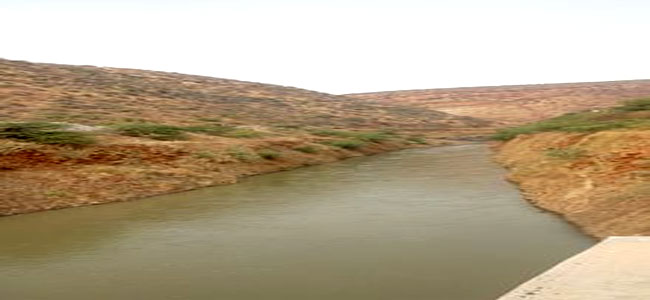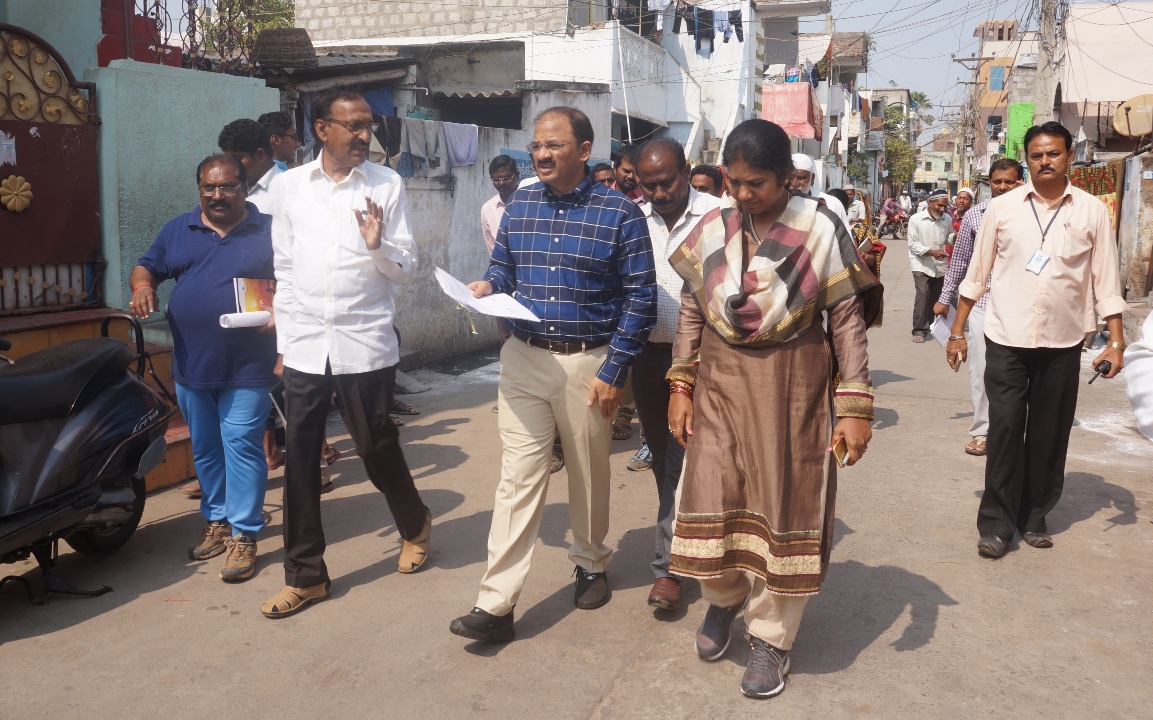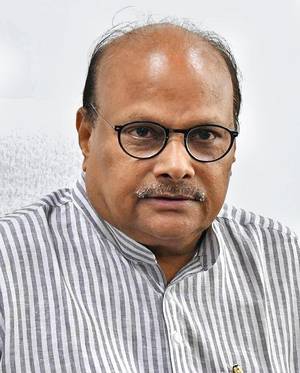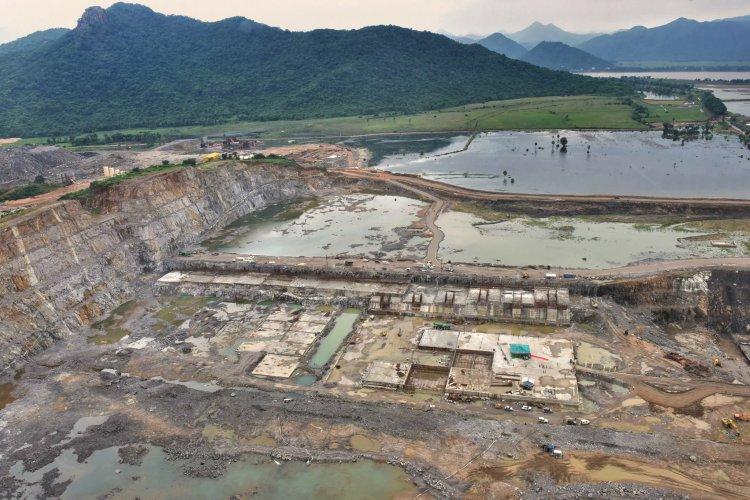
Originally called the Royal Indian Navy, our supreme naval branch of the armed forces of India was founded in 1612 by the East India Company and renamed the Indian Navy on 26th January, 1950 after Independence. Chhatrapati Shivaji is considered as the Father of Indian Navy. He built a strong naval presence across the coast of Konkan and Goa to protect sea trade.
India’s naval forces played a key role in the World War II. The Indian Navy’s first independent mission was against the Portuguese Navy during the liberation of Goa in 1961. The Indian Navy Day is celebrated on December 4 every year to commemorate Operation Trident, an attack on Pakistani Naval Headquarters in Karachi during the Indo-Pakistan war in 1971.
Currently, the 70-year-old Indian Navy is headed by the President of India as its Supreme Commander. The Chief of the Naval Staff is Admiral Sunil Lanba, who is in command since June 2016. The flag of Indian Navy incorporates St. George’s Cross design, a part of the Union Jack. The Ezhimala Naval Academy in Kerala is the largest naval academy in Asia.
The Navy has three commands: Eastern Command headquartered in Visakhapatnam, Western Command in Mumbai, and Southern Command in Kochi. The Navy operates in 66 bases under the Commands.
The Navy has developed as an indigenous force with the making of the nuclear-powered ballistic submarine INS Arihant and several other ships. Its arsenal includes more than 80 ships, 15 submarines, and advanced electronic and satellite defence management systems. Indian Navy currently has one aircraft carrier, the INS Vikramaditya, which is the flagship. It has three classes of destroyers –Delhi, Rajput, and Kolkata; and four classes of Frigates –Shivalik, Talwar, Brahmaputra, and Godavari.
It operates three classes of submarines: Chakra (under which is the nuclear-powered INS Chakra), Sindhughosh, and Shishumar. Indian Navy uses a multi-brand communication satellite called GSAT – 7. It helps the Navy to acquire the blue water capabilities, which means an oceangoing fleet is able to operate on the high seas far from its nation’s homeports.
Marine Commandos or MARCOS, part of a special unit of the Navy, are made to undergo an excruciating training which only 10% of the trainees successfully complete. The MARCOS played a key role during the rescue mission of the hostages during the 26/11 attacks of Mumbai.
The Indian Navy is the fifth largest in the world, employing 67,109 personnel. India will have its first supercarrier in INS Vishal by 2025.
Rare distinction
There are only two naval aerobatic teams in the world and one of them is our country’s navy. It is known as Saagar Pawan
The Indian Navy has successfully completed an expedition to the North Pole and the South Pole
Indian Navy was the first navy to send a submariner on an expedition to Mt. Everest
The missile BrahMos, is the fastest cruise missile in the world. It makes India the only country with supersonic cruise missiles in their army, navy, and air force
India also uses its navy to enhance the international relations by conducting frequent port visits and going on humanitarian missions like providing disaster relief
